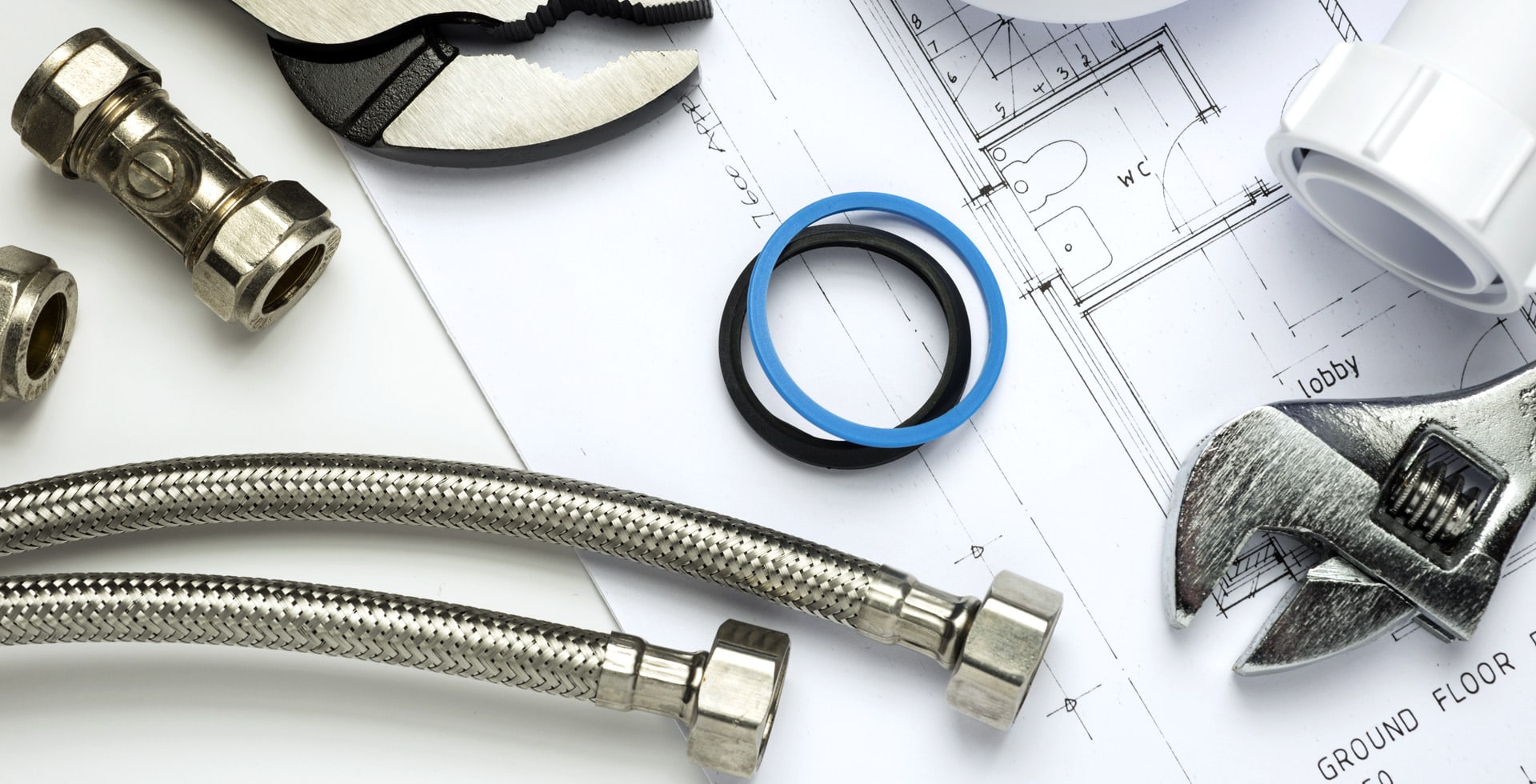“`html
How Chimney Inspections Detect Carbon Monoxide Risks
Chimney inspections are a crucial part of home maintenance that can significantly reduce the risks associated with carbon monoxide (CO) leaks. This colorless, odorless gas can accumulate gradually in homes and lead to serious health hazards. Regular inspections not only ensure the safety of your chimney system but also protect you and your family from the dangers of carbon monoxide exposure.
Understanding Carbon Monoxide
Carbon monoxide is a byproduct of combustion processes, commonly produced when fuels like gas, oil, wood, or coal are burned. Because it is difficult to detect without proper equipment, CO is often referred to as the “silent killer.” Even low levels of carbon monoxide can produce mild symptoms, while high levels can be fatal.
Why Chimney Inspections Matter
- Prevent Blockages: Over time, creosote, soot, and debris can accumulate in your chimney, leading to blockages that can prevent proper venting of smoke and gases.
- Identify Structural Issues: Inspections can reveal cracks, gaps, or wear and tear in the chimney that may allow CO to seep into your home.
- Ensure Proper Installation: A qualified technician can check whether your chimney was installed correctly, which is crucial for safety.
- Detecting Combustion Issues: An inspection can identify appliances that may not be functioning properly, which can lead to dangerous CO levels.
The Inspection Process
Chimney inspections typically follow a systematic process that enables professionals to assess both the structural integrity of the chimney and its ability to vent gases safely.
Step 1: Visual Inspection
Professionals begin with a thorough visual examination of the chimney’s exterior and interior components. This includes checking for:
- Cracks and deterioration in masonry
- Obstructions such as bird nests or debris
- Proper cap installation to prevent water ingress
Step 2: Smoke Test
A smoke test may be performed to check for proper draft. This helps ensure that smoke from your fireplace sufficiently rises through the chimney and escapes outdoors rather than entering the living space.
Step 3: Inspection Tools
Technicians often use specialized tools like video cameras to inspect the interior of the chimney. This technology allows for a comprehensive assessment of areas that are not easily visible.
Signs of Carbon Monoxide Leaks
Being aware of the signs of carbon monoxide exposure can be critical for your safety. Symptoms may include:
- Headaches and dizziness
- Nausea or vomiting
- Shortness of breath
- Confusion and fatigue
- Chest pain
If you notice any of these symptoms, especially when using fuel-burning appliances, it is vital to evacuate your home and contact emergency services immediately.
Importance of Regular Inspections
Homeowners should schedule chimney inspections at least once a year, particularly if they use their fireplace frequently. Regular maintenance helps to:
- Ensure the chimney operates efficiently, which can enhance your home’s heating system.
- Extend the lifespan of the chimney and associated appliances.
- Reduce the risk of fire hazards associated with creosote build-up.
Investing in annual inspections not only improves safety but can also save money on repairs and replacements in the long run.
Choosing a Qualified Professional
When selecting a chimney inspector, it is essential to ensure that they are qualified and experienced. Look for professionals who are certified by organizations like the Chimney Safety Institute of America (CSIA). This certification indicates that they have undergone the necessary training and adhere to high safety standards.
Preventing Carbon Monoxide Risks
While chimney inspections are critical, homeowners can also take proactive measures to reduce the risk of carbon monoxide exposure:
- Install carbon monoxide detectors in key areas of your home, including bedrooms and hallways.
- Perform regular maintenance on all fuel-burning appliances to ensure they are functioning correctly.
- Ensure proper ventilation in areas where combustion appliances are used.
- Educate your family about the dangers of carbon monoxide and the signs of exposure.
Conclusion
Chimney inspections play a vital role in detecting carbon monoxide risks in your home. By addressing potential issues before they escalate, homeowners can significantly reduce the risks associated with this dangerous gas. Schedule regular inspections and stay vigilant to ensure the safety of your home and family. Remember, prevention is better than cure, especially when it comes to carbon monoxide poisoning.
“`

